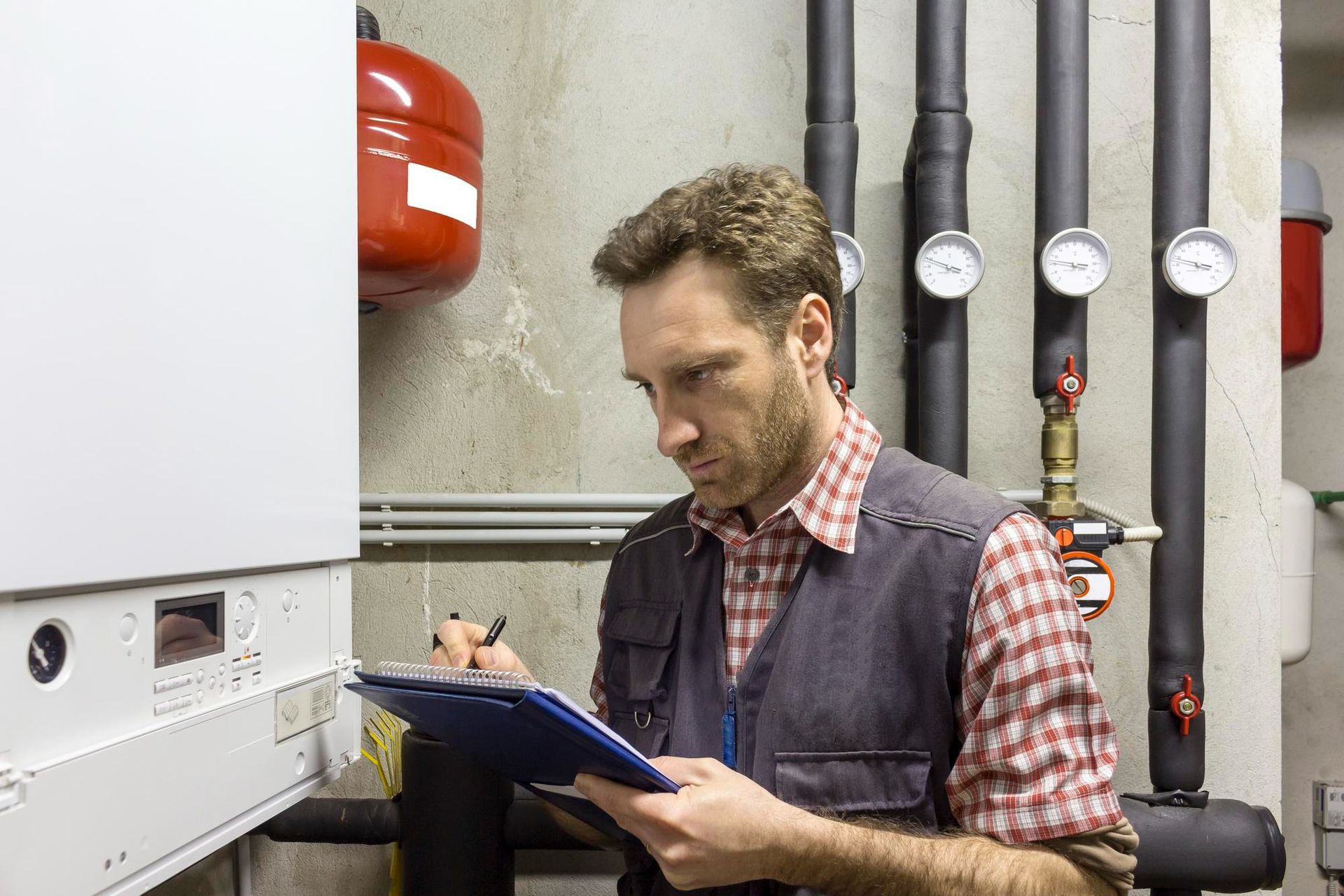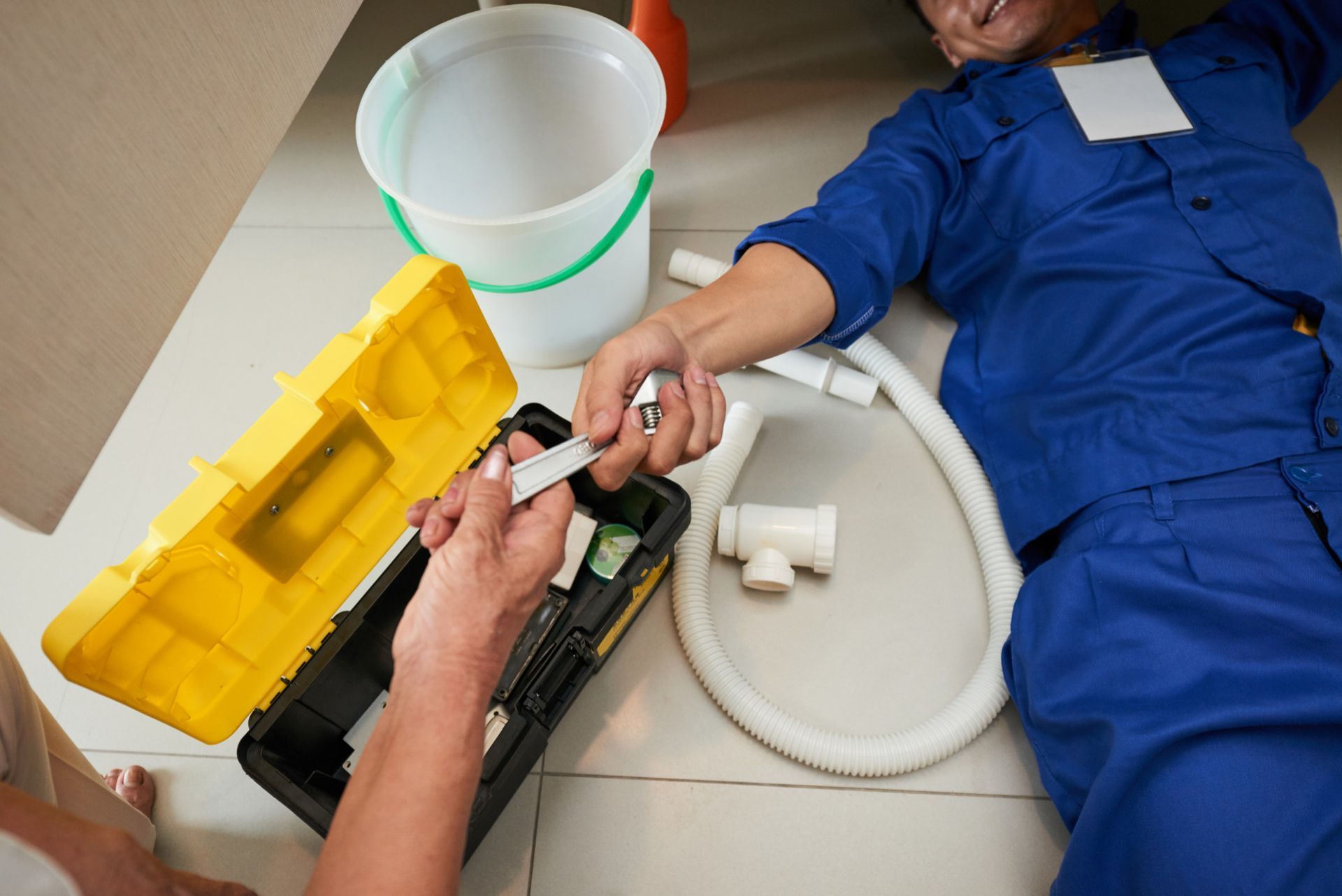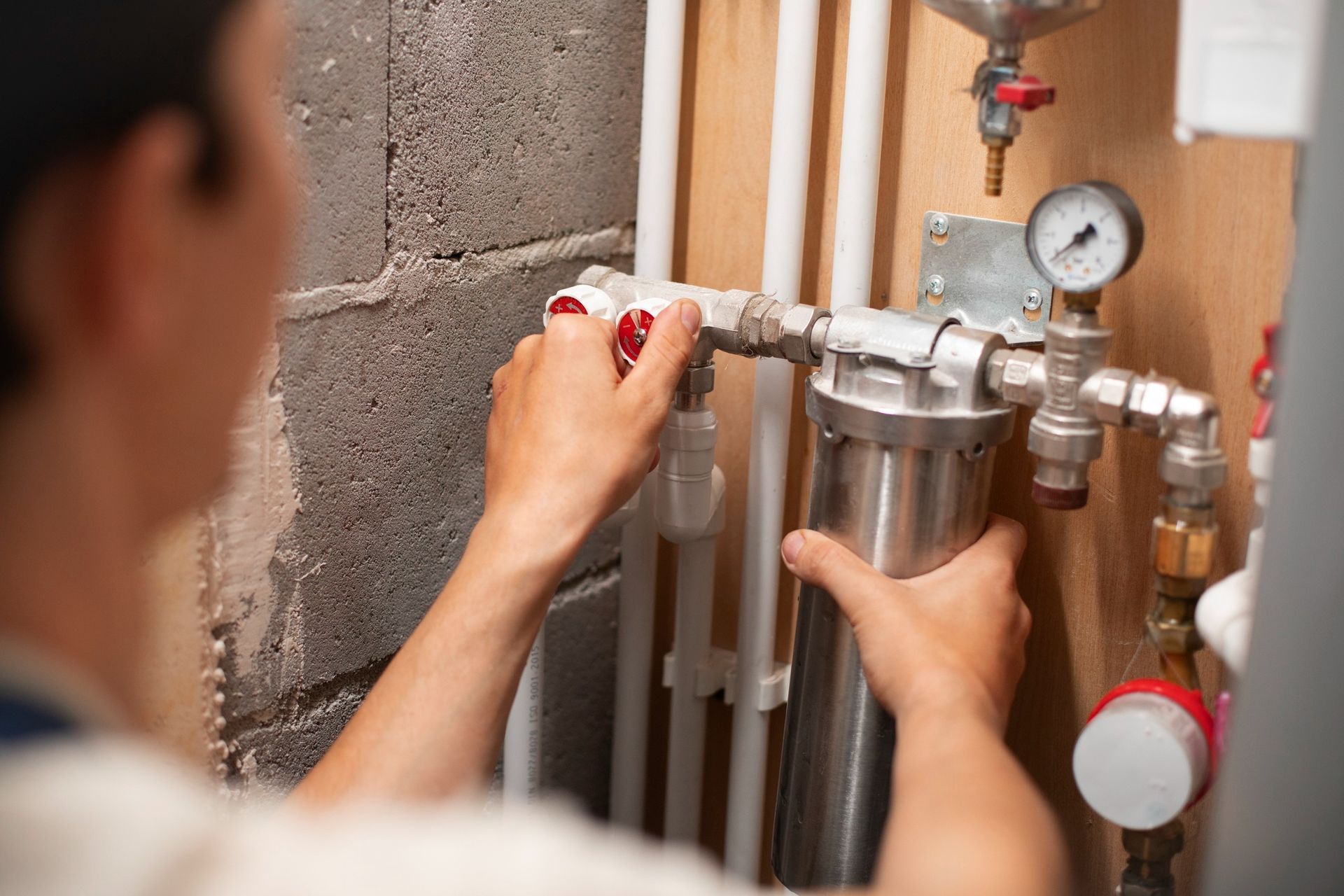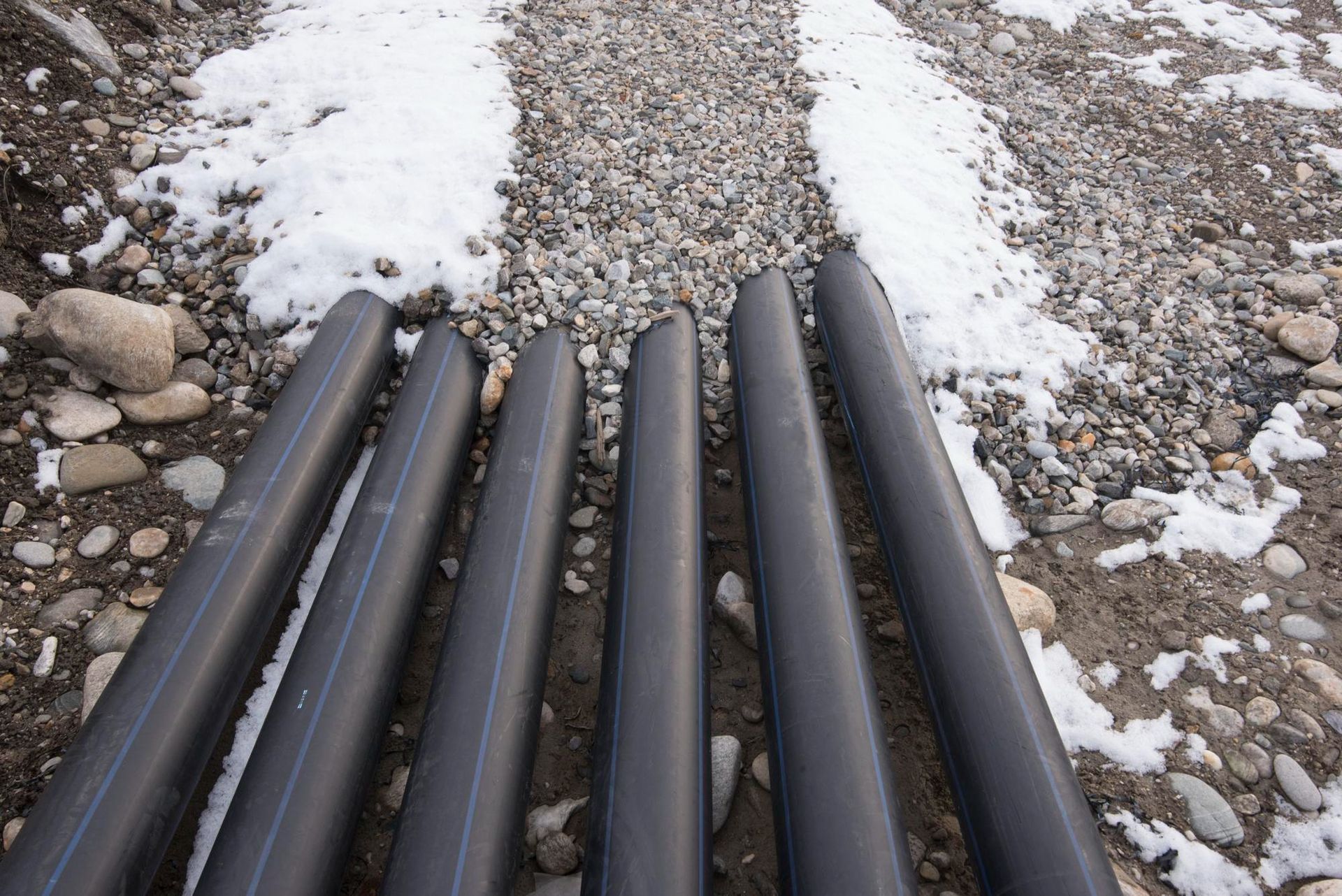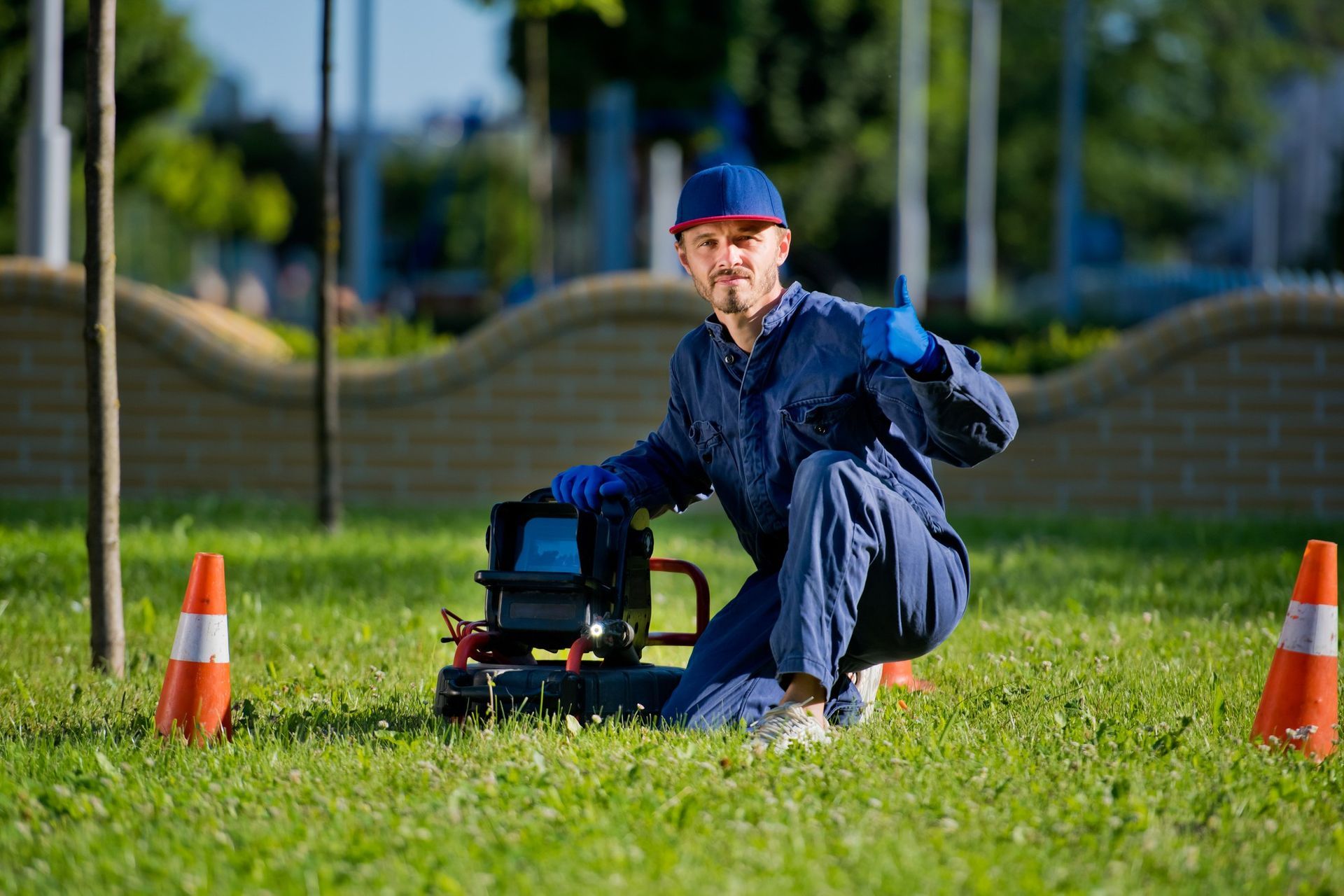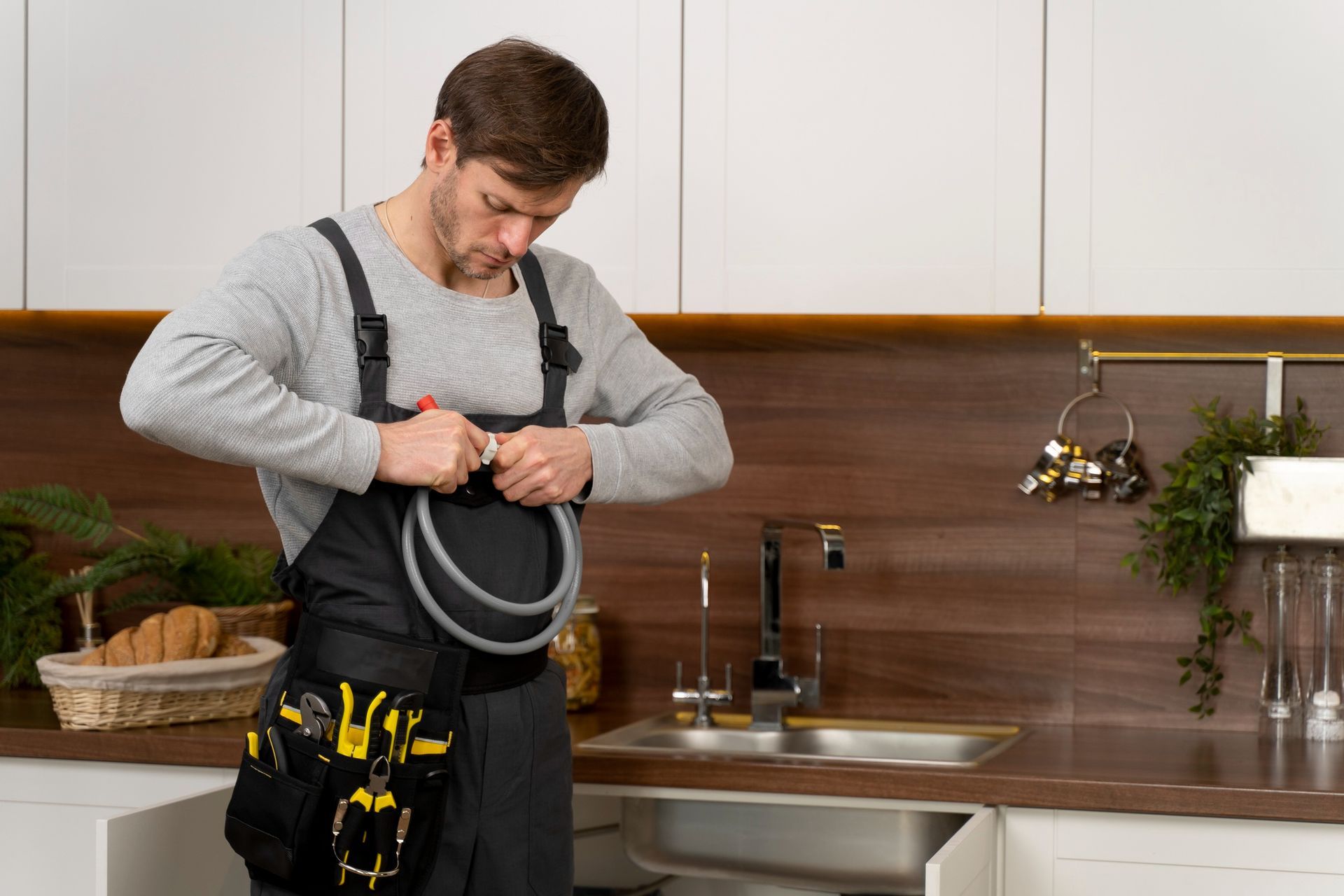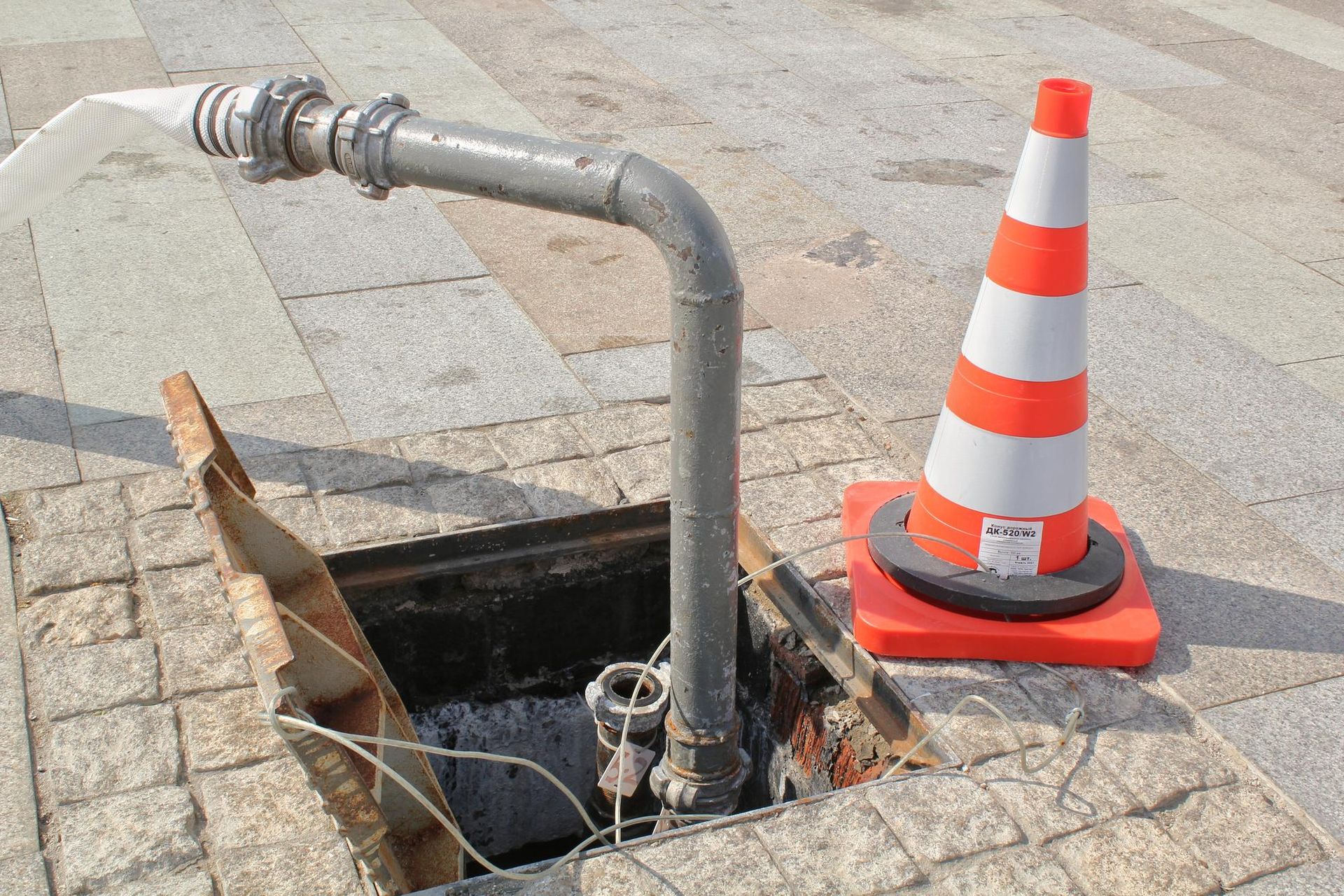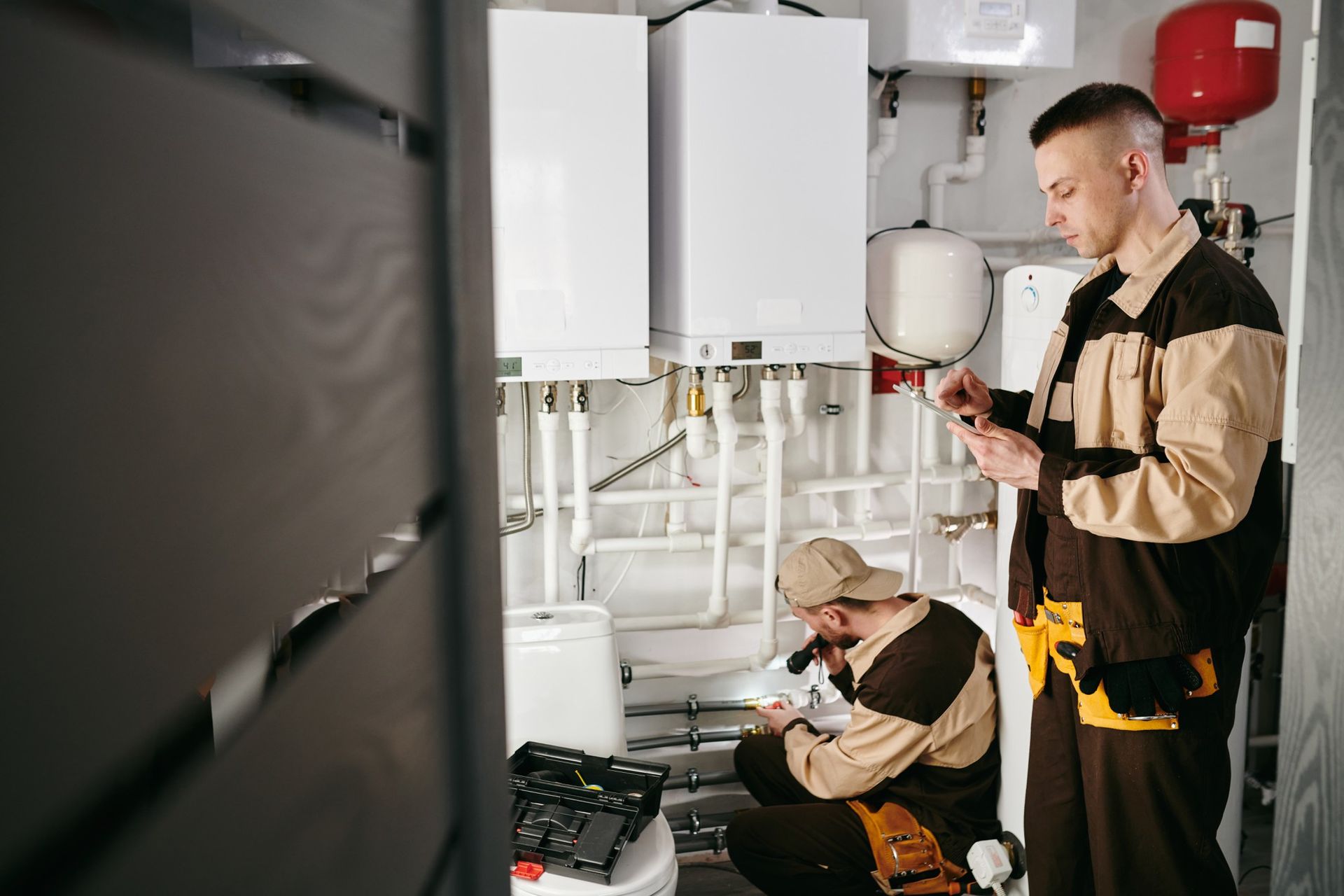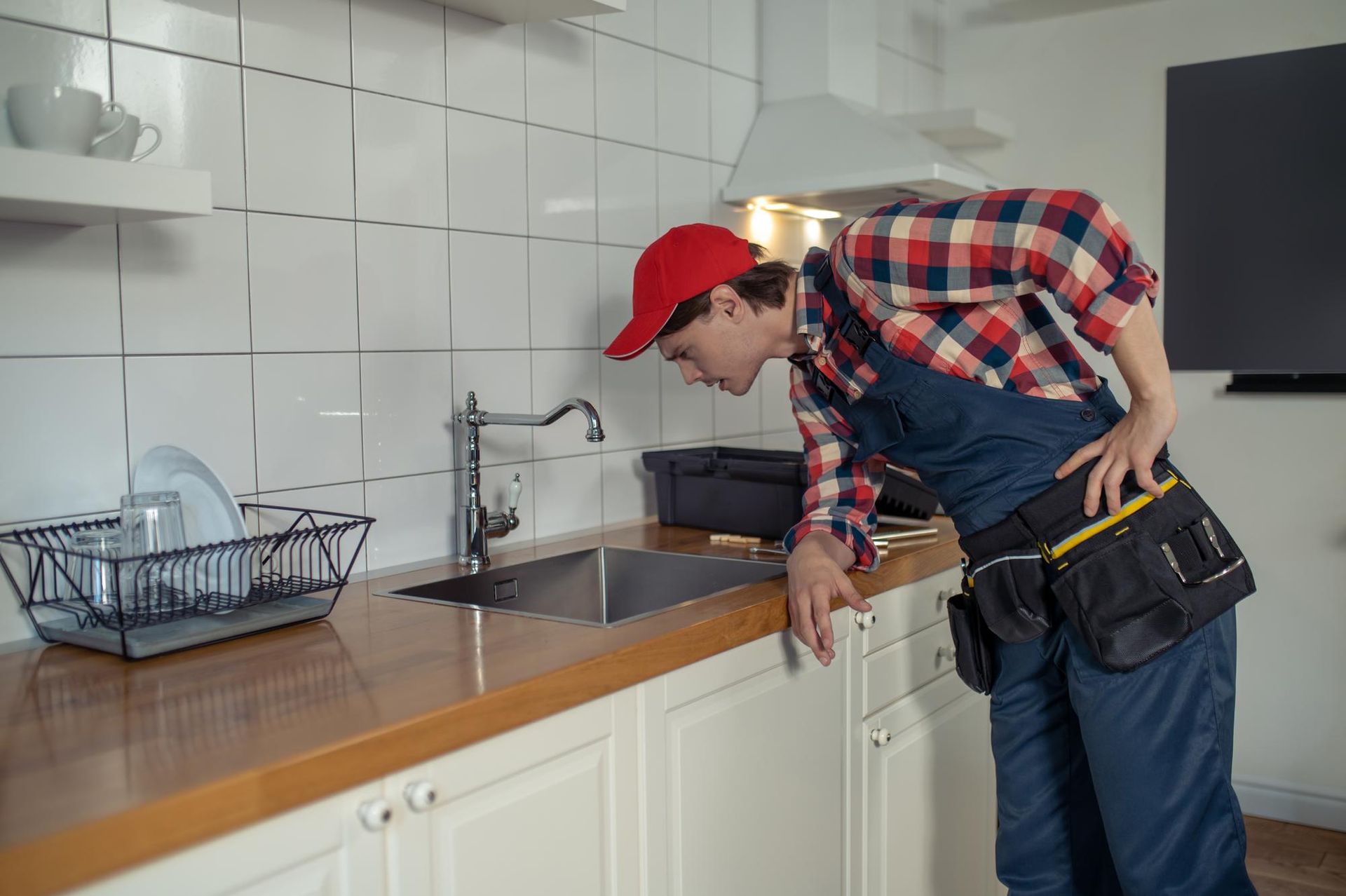Elijah@catoiletwhisperer.com
Call Us Now! (916) 796-9576
5 Mistakes to Avoid in Tankless Water Heater Installation
In the world of modern conveniences, tankless water heaters stand out for their efficiency and endless supply of hot water. However, the key to unlocking these benefits lies in the proper tankless water heater installation. A mistake here can lead to inefficiencies, increased costs, and even safety hazards. In this article, we will explore five common mistakes to avoid during the installation process to ensure your tankless water heater operates at its best.
5 Mistakes to Avoid in Tankless Water Heater Installation
Mistake 1: Ignoring Local Building Codes and Regulations
One of the first and most critical steps in a tankless water heater installation is to familiarize yourself with the local building codes and regulations. These codes are not just bureaucratic red tape; they are established to ensure that all installations meet safety and efficiency standards that can vary significantly from one area to another. Ignoring these regulations can lead to several problems, including the risk of fines, the need to redo the installation, or worse, creating safety hazards that could endanger your home and family.
For instance, some localities may have specific requirements for the type of venting system your tankless water heater must use or dictate how close the unit can be to windows and other structures. There may also be regulations regarding the type of gas lines, electrical circuits, or water pipes that need to be used. Failing to comply with these rules can not only lead to inefficiencies and increased operational costs but also serious safety risks, such as carbon monoxide leaks from improper venting.
The best approach is to do thorough research by consulting your local building department or hiring a knowledgeable professional installer who is up-to-date with the local codes and regulations. This proactive step ensures that your tankless water heater installation is both safe and compliant, avoiding costly and dangerous mistakes.
Mistake 2: Inadequate Sizing and Selection
Choosing the right size and model of tankless water heater is crucial for ensuring that your household's hot water needs are met efficiently. A common mistake is underestimating the amount of hot water your household consumes, leading to the selection of a unit that's too small. This can result in a frustrating experience where the hot water runs out too quickly, especially during peak usage times. On the other hand, selecting a unit that's too large for your needs can lead to unnecessary energy consumption and higher operational costs.
To avoid this mistake, it's essential to calculate your household's hot water demand accurately. This involves considering the number of bathrooms, the appliances that use hot water (such as dishwashers and washing machines), and your family's peak water usage times. For example, if multiple showers are often used simultaneously in your home, you'll need a tankless water heater with a higher gallons-per-minute (GPM) rating to keep up with the demand.
Moreover, it's important to consider the climate in your area, as colder incoming water temperatures require a tankless water heater to work harder to raise the water temperature, affecting its flow rate. A professional installer can help assess your needs based on these factors and recommend the appropriate size and model of tankless water heater, ensuring that it provides a continuous supply of hot water efficiently and effectively.
Mistake 3: Poor Installation Location
Choosing an improper location for your tankless water heater can have several negative consequences, from reduced efficiency and performance to increased maintenance issues and even safety hazards. An ideal installation spot should provide the unit with adequate ventilation, easy access for maintenance and repairs, and protection from extreme weather conditions if installed outside.
Ventilation is crucial for gas-powered tankless water heaters, as they need a proper exhaust system to safely remove combustion gasses. An inadequately ventilated area can lead to dangerous build-ups of carbon monoxide, posing a serious risk to the household's safety. Additionally, the location should allow for the correct installation of vent pipes, adhering to local codes that specify distances from windows, doors, and other structures.
Accessibility is another important consideration. Tankless water heaters, like all appliances, require periodic maintenance to ensure optimal performance. Installing the unit in a cramped space, such as a tight closet or attic, can make it difficult to perform routine tasks such as filter cleaning or system checks, potentially leading to neglect and premature wear.
For outdoor installations, it's essential to protect the unit from the elements to prevent damage from freezing temperatures or excessive heat. Some models are designed for outdoor installation with built-in freeze protection, but they still require proper placement to avoid direct exposure to harsh weather conditions.
Mistake 4: Ignoring Water Quality
Water quality plays a significant role in the efficiency and lifespan of your tankless water heater. Hard water, which is high in minerals like calcium and magnesium, can lead to scale buildup inside the heater's heat exchanger. This buildup reduces efficiency, restricts water flow, and can ultimately cause the unit to fail prematurely.
To mitigate the effects of hard water, it's advisable to install a water softener or a scale inhibitor system. These systems can significantly reduce mineral buildup, maintaining the heater's efficiency and extending its lifespan. Regular maintenance, such as flushing the system with a descaling solution, is also crucial, especially in areas with particularly hard water.
Ignoring water quality can lead to frequent and costly repairs, reduced hot water output, and the need for early replacement of the tankless water heater. By addressing water quality issues from the outset, you can ensure that your tankless water heater operates smoothly, providing a continuous supply of hot water while keeping energy costs in check.
Mistake 5: DIY Installation Without Proper Expertise
Embarking on a tankless water heater installation as a DIY project can be tempting, especially for those who enjoy home improvement tasks and are looking to save on costs. However, this complex process involves detailed knowledge of plumbing, gas lines, electrical systems, and local building codes, making it a risky undertaking for those without professional training. The allure of DIY installation fades when considering the potential for costly mistakes, safety hazards, and voided warranties.
One of the critical aspects of tankless water heater installation is dealing with the gas lines and electrical connections. Improper handling of these components can lead to gas leaks, electrical fires, and serious injury. Professional installers are not only trained to manage these risks safely but also have the tools and experience to ensure that connections are secure and comply with safety standards.
Moreover, the efficiency and
performance of a tankless water heater heavily depend on correct installation. Even minor mistakes can lead to suboptimal performance, increased energy consumption, and unnecessary strain on the unit, potentially leading to early failure. Professionals understand the nuances of installation, such as proper venting, gas pressure adjustments, and water flow rates, ensuring the unit operates as intended.
Another consideration is the warranty. Many tankless water heater manufacturers require installation by a certified professional as a condition of their warranty. Attempting a DIY installation can void this warranty, leaving you without coverage should the unit malfunction or break down, resulting in potentially significant out-of-pocket costs for repairs or replacement.
In light of these considerations, while the initial cost of hiring a professional for your
tankless water heater
installation might seem high, it can save you from expensive repairs, inefficient operation, and the risks of DIY installation gone wrong. Investing in professional installation ensures that your tankless water heater is set up correctly from the start, providing you with peace of mind and the full benefits of your investment.
Conclusion
Proper tankless water heater installation is crucial for ensuring the efficient and safe operation of your unit. By avoiding these common mistakes, you can enjoy the full benefits of your tankless water heater without the headaches. We at The Toilet Whisperer, based in Davis, CA, understand the intricacies involved in the installation process. Our team of experts is equipped with the knowledge and experience to ensure that your tankless water heater is installed correctly, adhering to all safety standards and regulations.
Remember, when in doubt, consulting with or hiring a professional can provide the expertise and peace of mind needed for a successful installation. We are here to help you navigate the complexities of tankless water heater installation, ensuring that your system operates at peak efficiency. With our commitment to
quality service
and customer satisfaction,
The Toilet Whisperer
is your go-to service provider in Davis, CA.
Don't let the potential pitfalls of tankless water heater installation deter you from enjoying the benefits of endless hot water and energy savings. Contact us at
(916) 796-9576, and let our team at The Toilet Whisperer take care of your installation needs. With our professional assistance, you can rest assured that your tankless water heater will be a valuable addition to your home for years to come.
FAQ’s
-
How long does a typical tankless water heater installation take?
Tankless water heater installation can vary in duration depending on the complexity of the job and the existing setup. On average, it can take anywhere from a few hours to a full day. Professional installers can provide a more accurate time estimate based on your specific situation.
-
Can I install a tankless water heater in the same place as my old tank water heater?
In many cases, you can install a tankless water heater in the same area as your old tank water heater. However, adjustments may be needed for venting, gas lines, and water connections. It's essential to ensure the new installation site meets the requirements for a tankless system.
-
Are there any maintenance requirements for tankless water heaters after installation?
Yes, tankless water heaters require periodic maintenance to operate efficiently. This includes descaling to remove mineral buildup, checking the air and water filters, and ensuring the venting system is clear. Regular maintenance can extend the life of your unit and maintain its efficiency.
-
What are the biggest benefits of opting for a tankless water heater installation?
The most significant benefits of tankless water heater installation include endless hot water supply, reduced energy costs due to higher efficiency, space savings due to the compact size of the unit, and a longer lifespan compared to traditional tank water heaters.
-
Will I need to upgrade my electrical or gas supply for a tankless water heater installation?
It's possible that you may need to upgrade your electrical or gas supply to accommodate a tankless water heater, especially if you're switching from an electric tank model to a gas tankless model, or vice versa. Tankless units often require higher voltage, amperage, or gas flow rates. A professional assessment can determine what upgrades, if any, are needed.
Tell us how we can help!
We will get back to you as soon as possible
Please try again later
Get in Touch Today
An honest plumbing company that you can trust. Reach out today and we will help you with all your plumbing needs!
Quick Links
All Rights Reserved | The Toilet Whisperer

